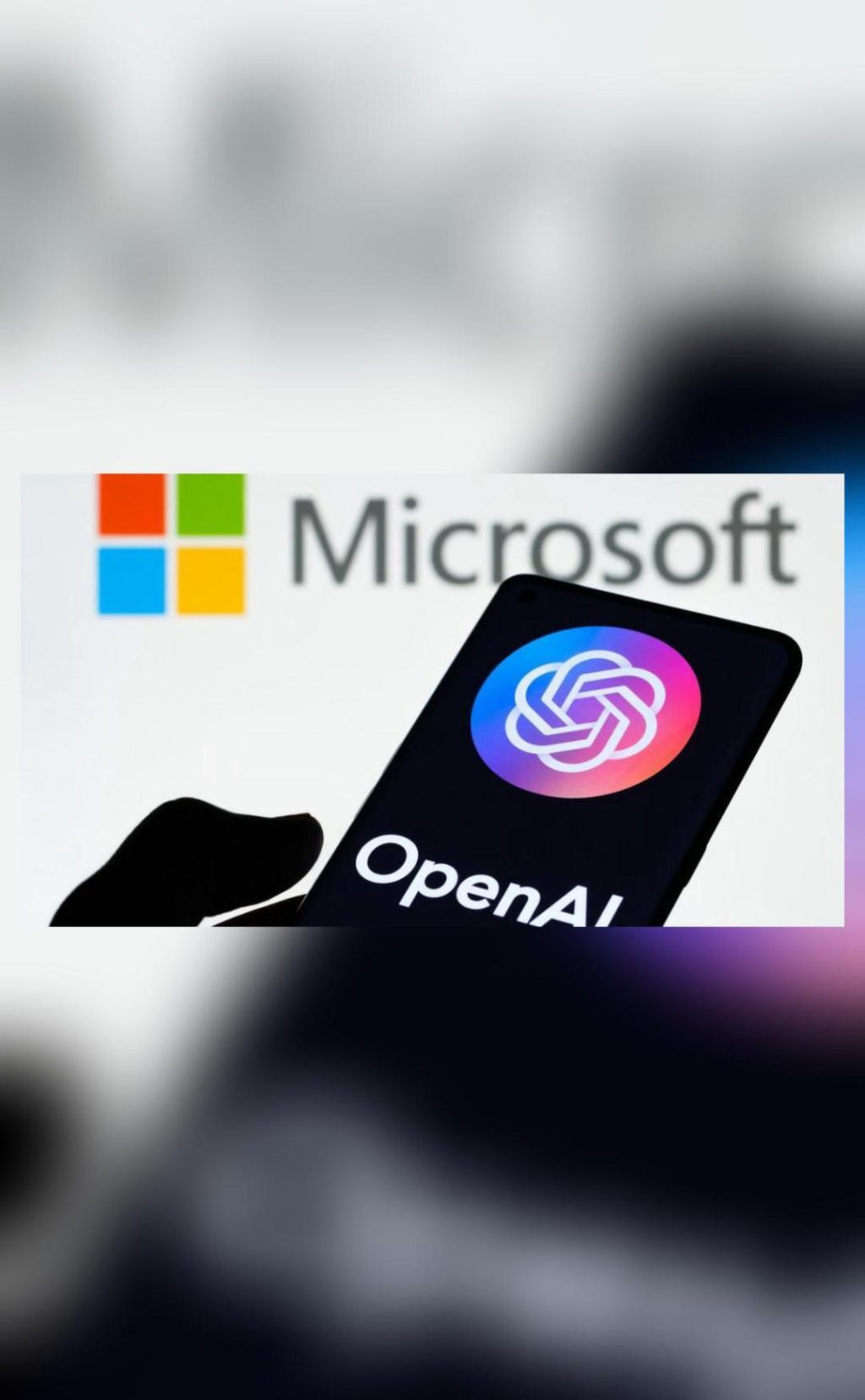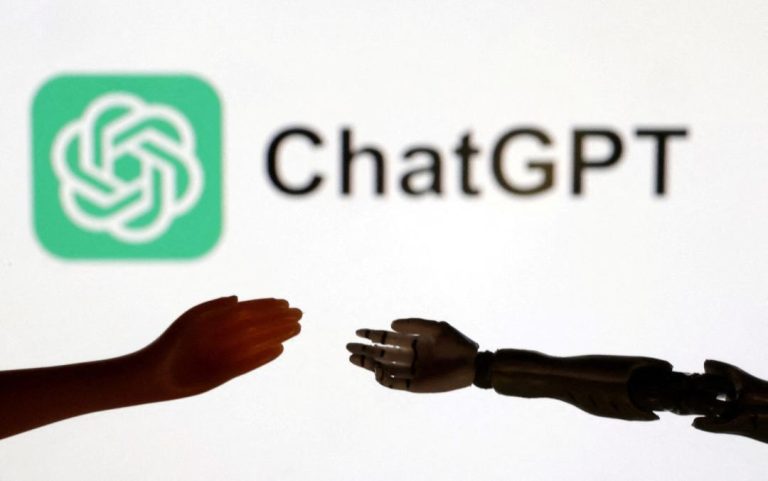
Microsoft Developing AI Reasoning Models to Compete with OpenAI
Artificial Intelligence (AI) has revolutionized the way we live and work, transforming industries and businesses across the globe. With the rapid advancement of AI technology, companies are now competing to develop innovative and powerful AI models that can outperform their rivals. In a recent development, Microsoft has announced that it is developing its own AI reasoning models, codenamed MAI, to reduce its reliance on OpenAI and strengthen its AI ecosystem. In this blog post, we will delve into what MAI is, how it works, and what it means for the future of AI.
What is MAI?
MAI, short for Microsoft AI, is a new AI reasoning model developed by Microsoft to compete with OpenAI, a leading AI research organization. MAI is designed to enhance decision-making, automation, and enterprise AI applications. The model is being tested within Copilot, a collaboration tool that uses AI to assist developers and writers, and is expected to launch for developers in 2025.
How does MAI work?
MAI uses a unique approach to AI reasoning, combining multiple AI models and techniques to provide more accurate and reliable results. Unlike other AI models that rely on a single approach, MAI uses a hybrid approach that incorporates multiple models and techniques to solve complex problems. This enables MAI to learn from data and adapt to new situations more effectively, making it a more powerful and versatile AI model.
Why is MAI important?
MAI is significant for several reasons. Firstly, it marks a major milestone in Microsoft’s AI development journey, as the company aims to reduce its reliance on OpenAI and strengthen its own AI ecosystem. Secondly, MAI has the potential to revolutionize the way businesses and organizations use AI, providing more accurate and reliable results that can inform decision-making and improve automation.
What are the implications for AI giants?
The development of MAI is likely to have significant implications for AI giants like Google DeepMind and Anthropic. These companies have dominated the AI landscape for years, but Microsoft’s entry into the market with MAI is likely to shake things up. MAI’s hybrid approach and ability to learn from data make it a formidable competitor, and it will be interesting to see how these companies respond to the challenge.
What does MAI mean for developers and businesses?
For developers and businesses, MAI offers a range of benefits. Firstly, it provides a more powerful and versatile AI model that can be used to improve decision-making and automation. Secondly, it offers a more reliable and accurate AI solution that can be trusted to make critical decisions. Finally, it provides a new tool for businesses to differentiate themselves from their competitors and gain a competitive edge in the market.
Conclusion
In conclusion, Microsoft’s development of MAI is a significant milestone in the world of AI. MAI’s unique approach to AI reasoning, combining multiple AI models and techniques, makes it a powerful and versatile AI model that has the potential to revolutionize the way businesses and organizations use AI. As MAI launches for developers in 2025, it will be interesting to see how it is adopted and implemented, and what impact it has on the AI landscape.
Source:
https://www.itvoice.in/microsoft-develops-mai-ai-models-to-rival-openai-set-for-2025-launch






